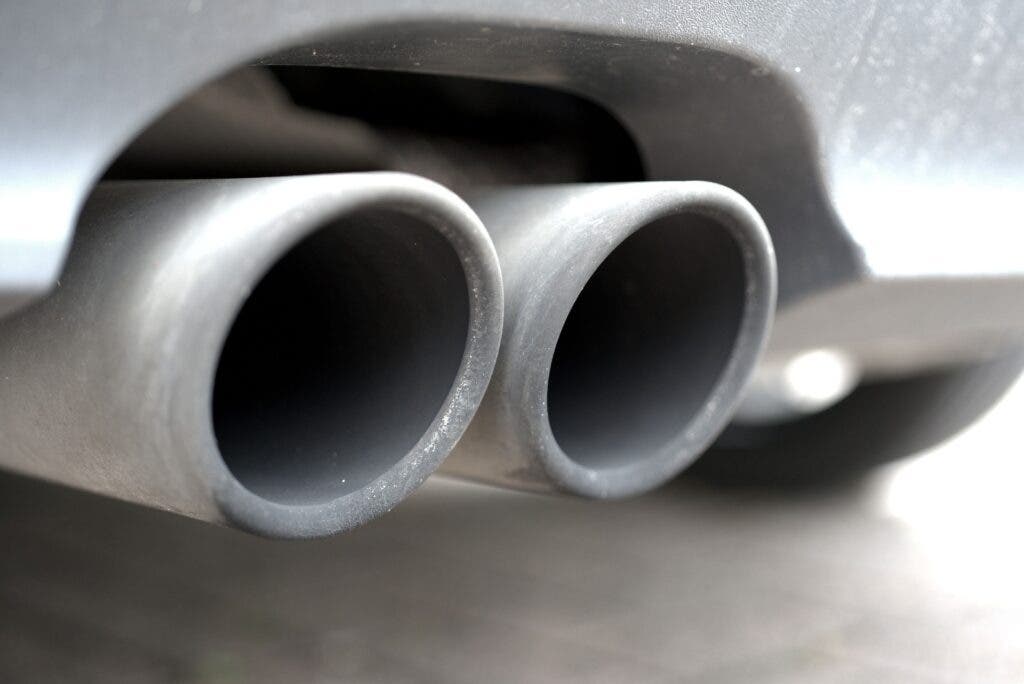Could car exhaust be captured and used to grow crops? Researchers at Texas A&M University are saying yes. A new white paper published by three faculty members is proposing that CO2 and water from car exhaust can be captured for this purpose, and outlines a general approach on how to do so. Although such an idea might seem quite exotic, it’s not the first time it’s been proposed, the authors argue.

The current paper doesn’t intend to offer an exact solution to such an approach, or the exact way through which it is to be implemented. Rather, it is a white paper — it outlines the basic issue and the authors’ initial analysis and thoughts on how to best address it. The team hopes that this paper will help to attract the funding needed to perform in-depth, formal research on the topic.
From tailpipe to table
“I started reading the related literature and did simulations of what was possible,” says Maria Barrufet, professor and Baker Hughes Endowed Chair in the Harold Vance Department of Petroleum Engineering at Texas A&M. “This is entirely realistic.”
“Several proposals have already been written for large trucks and marine vehicle applications, but nothing has been implemented yet. And we are the first to think of a passenger car engine.”
Such an approach would help massively reduce humanity’s overall environmental impact by reducing our output of carbon dioxide (CO2), a greenhouse gas, into the atmosphere. At the same time, it would help us increase agricultural productivity without placing any extra strain on natural processes and the ecosystems that provide them.
In broad lines, what the authors propose is to integrate a device into car engines that would capture and compress these waste products. The device in question would operate on the organic Rankine cycle (ORC) system and would be powered by waste heat given off by the engine. Organic Rankine cycle systems operate very similarly to steam engines on a smaller scale, using an organic fluid in lieu of water. This fluid has a lower boiling point than water, meaning that the device requires much lower temperatures to produce physical work than a traditional steam engine.
In turn, this ORC system will power components such as a heat exchange and pumps which will cool down and compress CO2 from a gas into a liquid, to enable storage.
The team explains that the CO2 and water captured from exhaust engines could prove to be very useful for agriculture, especially in high-intensity urban greenhouses. Such greenhouses employ artificial atmospheres that are highly enriched in CO2, generally containing around three times as much of it as the air we breathe. In combination with other systems supplying vital nutrients, this higher concentration of CO2 helps foster plant growth and leads to increased yields, as plants primarily grow using carbon from the air. Farms like these already spend money purchasing CO2, but making the gas widely available for cheap from traffic — maybe even for free — could go a long way towards promoting intensive urban agriculture. The team explains that on average, urban farms purchase roughly 5 pounds (2 kg) of CO2 and nearly six gallons (22 liters) of water for every two pounds (1 kg) of produce they grow.
Another argument in favor of such a scheme is that growing produce locally further reduces costs and environmental impact related to storing, handling, transporting, and refrigerating produce from farms to groceries. It would also help reduce traffic.
Beyond the benefits to agriculture, the sheer environmental benefits such a scheme can produce would be immense. In 2019, there were 1.4 billion private vehicles in operation globally, producing an average of 4.6 tons of CO2 per year each — which adds up to a lot.
“Years ago, we didn’t think we could have air conditioning in a car,” Barrufet said. “This is a similar concept to the air conditioning that we now have. In a simple way, it’s like that device, it will fit in tight spaces.”
For us driving the cars, the ORC system wouldn’t make any noticeable impact. Since it operates using waste heat, the authors are confident that it will not lead to any significant loss of engine power, increase in fuel use, or maintenance needs (although special coatings will be needed to prevent corrosion in the heat exchange systems). As far as emptying the system, the team envisions drivers simply turning in cartridges of water and CO2 in specialized centers, or even at gas stations, in exchange for empty ones. There’s nothing preventing them from using the products in their own greenhouses, however, but the authors stress that this process should be done responsibly to ensure that the CO2 is fully absorbed by plants and does not escape into the atmosphere — which would defeat the purpose of this whole exercise in the first place.
Not everything is settled, however. There is still work to be done determining how large these cartridges should be, how the water produced by the system should be handled (water cannot be compressed like a gas), and technical details, such as determining how the weight of these cartridges would affect the car’s performance and handling across all possible levels of weight.
Realistically, we’re probably looking at roughly 10 years or so of development before such systems are ready to be implemented commercially. We already have all the individual components needed, but we still need to figure out how to put them all together in the most efficient way.
“All of these independent ideas and technologies have no value if they cannot connect,” Barrufet said. “We need people concerned about the future to make this happen soon, energized students in petroleum, mechanical, civil, agricultural and other engineering disciplines who can cross boundaries and work in sync.”
The paper “Capture of CO2 and Water While Driving for Use in the Food and Agricultural Systems” has been published in the journal Circular Economy and Sustainability.


